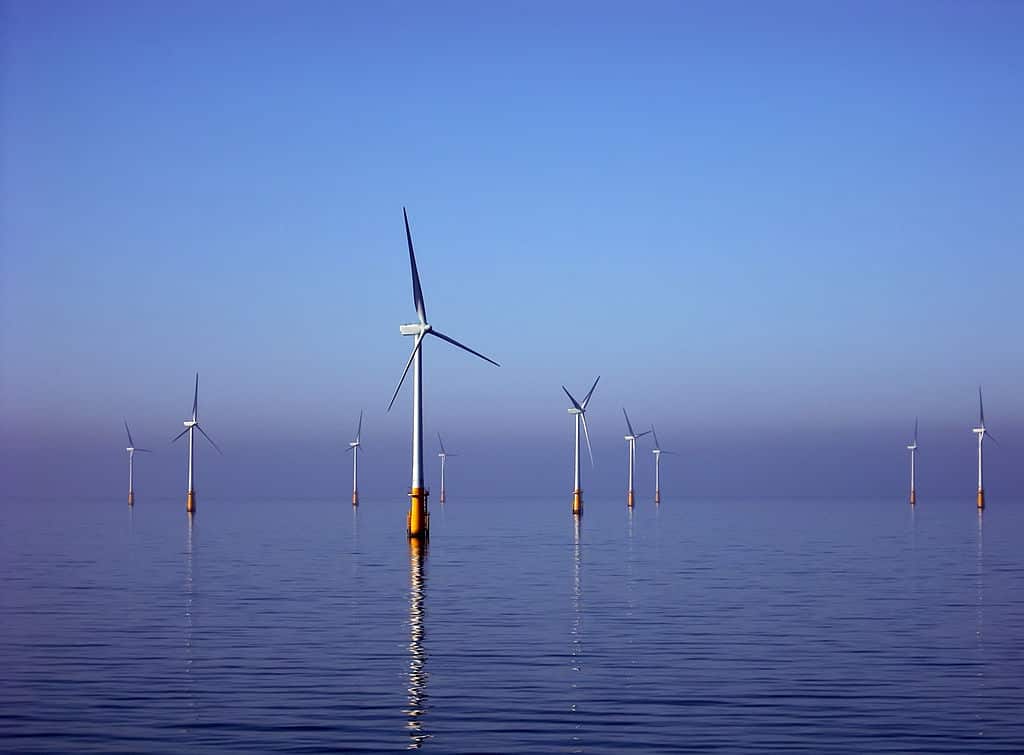Solar and wind power are set to lead the largest annual increase in new renewable capacity ever, with the global energy crisis as a catalyst.
The International Energy Agency estimates that global additions of renewable power capacity are expected to grow by a third this year, driven in large part by a big renewable push in China.

Global renewable capacity additions are set to grow by 107 gigawatts (GW) to a grand total of more than 440 GW in 2023, the IEA said. This expansion is taking place across the world’s major markets.
“Solar and wind are leading the rapid expansion of the new energy economy. This year, the world is set to add a record-breaking amount of renewables to electricity system,” IEA head Fatih Birol, said in a statement.
“The global energy crisis has shown renewables are critical for making energy supplies not just cleaner but also more secure and affordable.”
The fast pace of renewable growth
Solar additions will account for two-thirds of this year’s increase in renewable power capacity and are expected to keep growing next year. This is due to the expansion of large-scale solar plants and also smaller systems. Higher electricity prices are driving a faster growth of rooftop solar, empowering consumers to reduce their energy bills.
Meanwhile, wind power is expected to rebound this year, growing by almost 70% compared to 2022 after a difficult couple of years in which growth was slugging. The faster growth is thanks to the completion of projects that had been delayed due to Covid-19 restrictions in China and supply chain issues in the US and Europe.
The energy crisis triggered by Russia’s invasion of Ukraine has accelerated renewable energy deployment in the European Union. Policy actions in many EU countries led the IEA to revise its forecast for renewable capacity additions in the bloc in 2023 and 2024 upwards by 40% compared with before the war. Small-scale solar is the main reason for renewables growth in this region.
This generated direct economic benefits. EU electricity consumers are estimated to have saved 100 billion euros between 2021 and 2023 by displacing fossil fuel generation with solar and wind capacity, the IEA estimated. Wholesale electricity prices in Europe would have also been 8% higher last year without the additional renewable capacity.
But it’s not just the EU. China’s contribution to renewable growth is also expected to increase in 2023 and 2024. Last year, China accounted for almost half of all renewable capacity worldwide. By 2024, the country’s share could expand to a record 55%, with China delivering almost 70% of all new offshore wind projects globally and over 60% of onshore wind and 50% of solar.
In the US, renewable capacity additions will also grow this year after a challenging 2022. The US markets for solar and wind shrunk last year due to supply chain constraints and restrictive trade measures. But now, annual additions for both technologies are expected to increase by 40% this year, largely thanks to new tax incentives, the IEA estimated.
Looking ahead, future growth of renewables will depend on whether governments can give larger policy support to address challenges in auctions for renewable projects, IEA said. Even competitiveness of wind and solar has improved, renewable auctions were under-subscribed by a record 16% last year. IEA also called for further investment in upgrading energy grids to integrate more renewables.
The full report can be accessed here.






